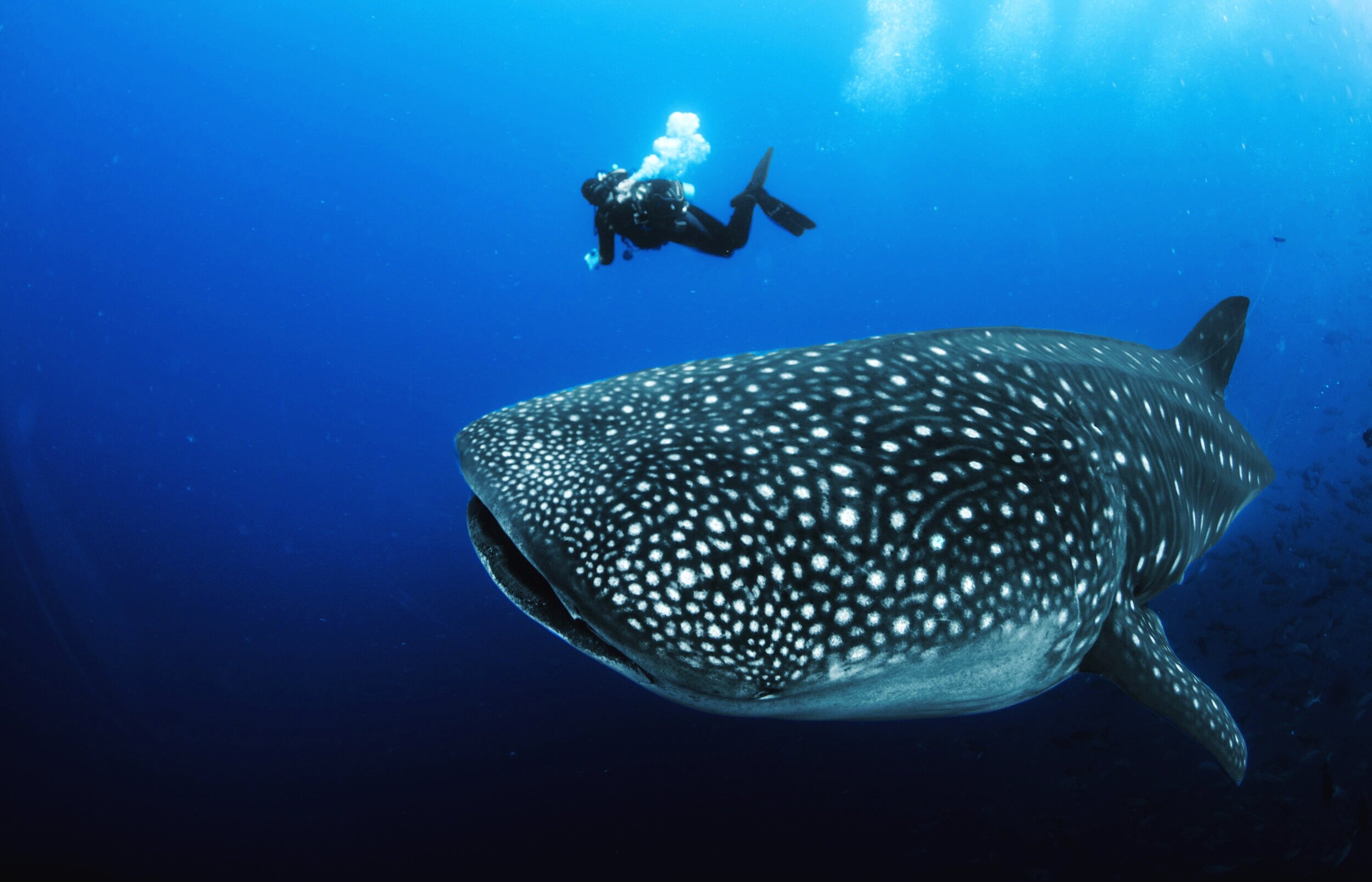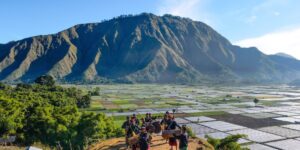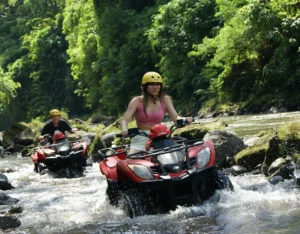
I had high hopes for my GoPro. Like, really high.
Before flying out to Sumbawa, I binge-watched all the underwater travel vlogs I could find. I imagined capturing cinematic slow-motion clips of whale sharks gliding past me, sunlight flickering on their dotted backs, my breath steady, hands stable.
Reality? Shaky clips. Fogged lenses. Way too many shots of my own feet.
And yet, I’d do it all again in a heartbeat.
Because while my GoPro footage was far from National Geographic-worthy, the memories I brought home from Saleh Bay—especially my first swim with a whale shark—are etched in my mind more vividly than anything a camera could’ve caught.
Setting the Scene: Dreams vs. Reality
Let’s rewind a bit.
I was planning this trip for months. The idea of seeing a sumbawa whale shark had been on my bucket list since I first heard about their seasonal visits to Saleh Bay. The thought of floating beside a creature the size of a bus, in calm, open waters? Irresistible.
So I upgraded my GoPro, bought a floating grip, packed anti-fog inserts, and even practiced using the camera in a swimming pool back home.
I thought I was ready.
But nothing prepares you for your first real encounter with a whale shark.
First Contact: Everything Else Fades
We were barely 20 minutes into our boat ride when the captain pointed to a large shadow near the surface.
“Hiu paus!” he shouted. Whale shark.
I looked overboard and there it was—a massive, dotted figure moving just beneath the water. My heart jumped. I fumbled with my mask and camera, stumbled toward the edge, and jumped in.
I was too excited to adjust the settings. Too thrilled to check the angle.
And suddenly… there it was. Swimming directly beside me.
I held my breath, extended my arm with the GoPro, and tried to keep still. My hands were shaking, my mask started to fog, and I think I kicked too hard because my camera tilted straight down.
The footage? A blur of bubbles, some fish tails, and the briefest glimpse of that beautiful, spotted body disappearing into the blue.
But in that moment, I wasn’t thinking about recording. I wasn’t even thinking at all. I was just there. Floating in silence. Eyes wide open. Heart completely full.
The Magic of Imperfect Memories
Back on the boat, I reviewed my footage. I groaned. Most of it was shaky. Some clips were just my face distorted by water, and others were me chasing nothing in particular.
But weirdly… I didn’t care.
Because the best part of swimming with whale sharks isn’t the content you make. It’s the connection you feel. The memory of moving in harmony with something so massive, yet so gentle.
I didn’t need a perfect video to remember the way the water shimmered above the whale shark’s back. Or how its tail fin moved in slow, powerful sweeps. Or how tiny I felt next to something so ancient and peaceful.
Those things stuck with me—not because of megapixels, but because I felt them.
Sumbawa’s Gentle Giants
Saleh Bay is unlike anywhere I’ve been. It’s calm. Remote. And it somehow feels like the ocean here keeps secrets just for you.
The whale sharks show up during feeding season, drawn by the plankton-rich waters near the bay. Locals know when and where to find them, but the experience never feels forced or overcrowded. Everything is respectful—on the whale shark’s terms.
And that’s why, even without great footage, the memory feels so sacred.
If you’re ever thinking about seeing a sumbawa whale shark, trust me—book that trip. The ocean here is alive. And when one of these gentle giants swims beside you, it’s not just a wildlife encounter—it’s a spiritual one.
You can do it through a guided Saleh Bay whale shark tour, where the team truly respects both the sea and the creature. The guides are gentle, the groups are small, and the experience is always about observation, not disruption.
Lessons I Learned Underwater (the Hard Way)
Okay, I’ll admit it—I made a lot of mistakes with my GoPro. But I also learned a few things that might help if you’re planning your own underwater shoot in Saleh Bay:
1. Practice Buoyancy Before Filming
Floating steadily is harder than it looks. Try to master your breathing and position before even thinking about pressing record.
2. Don’t Fidget with Settings Mid-Water
I tried changing from video to photo mode mid-swim and almost lost my grip on the camera. Keep it simple. Choose one mode and stick with it.
3. Fog Happens—Carry a Backup Mask
Despite using anti-fog inserts, my mask fogged up halfway through the swim. Luckily, one of the guides had a spare. Lesson learned.
4. Sometimes, It’s Better to Just Watch
There were moments when I put the camera down completely. And those ended up being the moments I remember most clearly.
One Perfect Frame (Sort Of)
Despite all the blurry clips and shaky zooms, I did manage to capture one frame—just one—that I now keep as my phone wallpaper.
It’s not technically great. The composition is off. Lighting’s weird.
But in it, the whale shark is right there, close to the surface, and you can feel the calm of the moment. The image brings me right back to the water. To the weightlessness. To the awe.
And isn’t that what memories are for?
More Than Just a Trip
I went to Saleh Bay thinking I’d return with content.
What I got instead were stories. Laughter. A sense of peace I didn’t expect. A new respect for the ocean. And a quiet moment shared with the biggest fish I’ll ever meet.
Even now, months later, whenever I hear the word “Sumbawa”, I smile. I think of early mornings on the boat, the sounds of waves, the glint of fins breaking the surface.
And yeah—my GoPro footage still sucks.
But the memories? They’re crystal clear.





